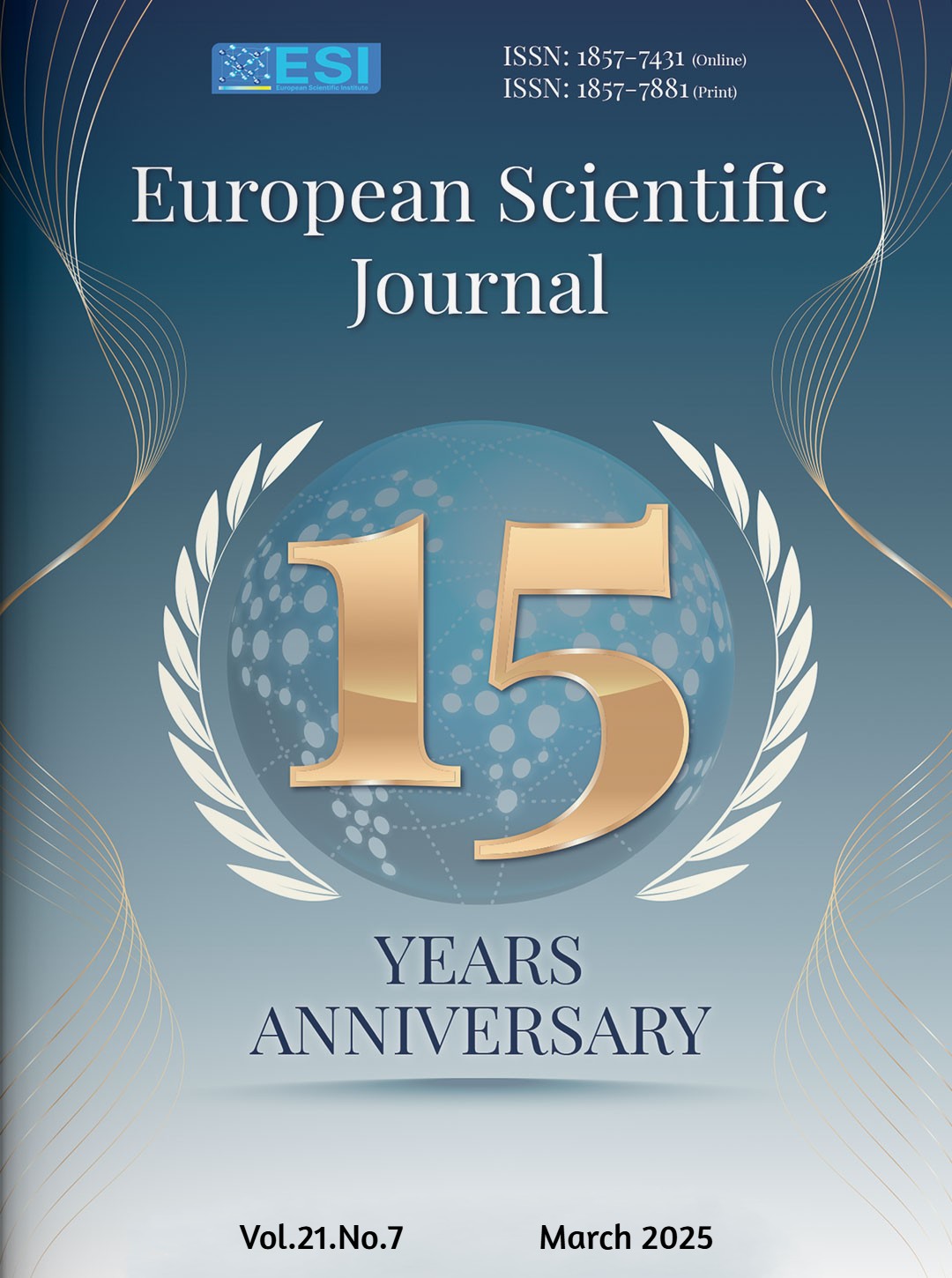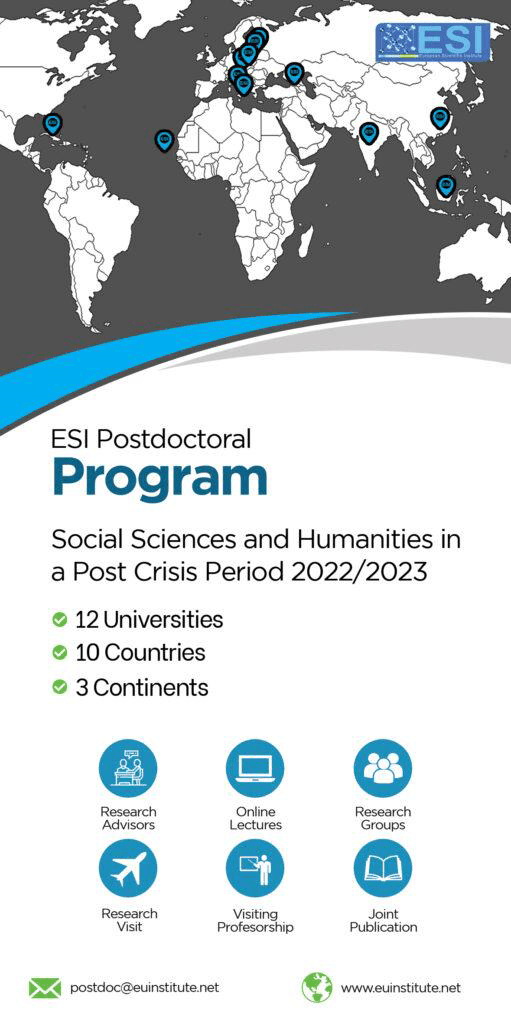Influence of School Climate on Teachers’ Turnover Intention in Public and Private Primary Schools, Ikeja City, Lagos, Nigeria
Abstract
Teacher career turnover is a serious global occupational hazard, with the estimated teacher turnover rate ranging from 13 to 15% annually. Even countries with the best educational systems are not insulated in this regard. There cannot be actual turnover without turnover intentions, which are a key precursor. Being a multilevel structured phenomenon, several school variables could be implicated, such as school climate and job satisfaction. The Nigerian education system is portrayed as an environment where turnover intention thrives. Due to the dearth of literature on this regard in Lagos state, Nigeria, this research work utilized a survey research design to study the phenomenon in public and private primary schools. A total of 373 teachers were sampled using a simple random technique, and data was collected through a structured questionnaire. Appropriate descriptive and inferential statistics, such as Pearson product moment correlations, simple linear regression, and Independent t-tests, were used to analyze the data. The findings revealed that there was a moderate negative significant influence of school climate of public and private primary schools’ teachers on turnover intention. This means as school climate improves, the turnover intention goes down. School climate measures (safety, academic climate, community climate and organizational environment) jointly influenced teachers' thinking of quitting their current job. There was a significant difference between public and private primary schools’ teachers’ turnover intentions. The study concluded that school type (public or private primary schools’ climate) has a significant, moderating effect on teachers’ turnover intention. Teachers’ turnover intention was higher in private schools. It is recommended that public and private primary schools in Ikeja City should intentionally improve school climate by improving safety, academic climate, community climate, and organizational environment to reduce teacher turnover intention.
Downloads
Metrics
PlumX Statistics
References
2. Ajayi, S.O. & Olatunji, A.O. (2018). Turnover causation amongst high school teachers in Nigeria, Africa Education Review, volume16,pages1-15. https://api.semanticscholar.org/CorpusID:150361578
3. Arnoux-Nicolas, C., Sovet, L., Lhotellier, L., Di Fabio, A., & Bernaud, J. L. (2016). Perceived work conditions and turnover intentions: The mediating role of meaning of work. Frontiers in Psychology, 7, Article 704. https://doi.org/10.3389/fpsyg.2016.00704
4. Bauer, T. N. & Erdogan, B. (2012). Organizational socialization outcomes: Now and into the future. In C. R. Wanberg (Ed.), The Oxford handbook of organizational socialization (pp. 97–112). Oxford University Press.
5. Dess, G.G. & Shaw, D. J. (2001). Turnover, Social Capital, and Organizational Performance July 2001 Academy of Management Review 26(3):446 26(3):446 DOI:10.2307/259187
6. Ekabu, P.K. (2019). The level of remuneration and turnover intention of public secondary school teachers in Meru county: A mixed method study. European Scientific Journal, 15(13),1-18.
7. Ekabu, P.K., Nyagah, G., & Kalai, J. M. (2018). Influence of promotional prospects on turnover intentions of public secondary school teachers in Meru county. European Scientific Journal, 14(25),17-36, http://doi.org/10.19044/esj.2018.v14n25p17
8. Griffetch, R.W., Hom, P.W., & Gaertner, S. (2000). A Meta analysis of antecedents and correlates of employee turnover: Update, moderator tests, and research implications for the next millennium. Journal of Management, 26(3), 463-477.
9. Kamau, O. M., Muathe, S. M. A., & Wainaina, L. (2020). HRM Practices Employee Engagement and Teachers Turnover Intentions: A Cross- Sectional Study from Public Secondary Schools in Kenya. International Journal of Academic Research in Business and Social Sciences,10(9),257-271
10. Michaels, C. E. & Spector, P. E. (1982). Causes of employee turnover: A test of the Mobley, Griffeth, Hand, and Meglino model. Journal of Applied Psychology, 67(1), 53-59. doi:http://dx.doi.org/10.1037/0021-9010.67.1.53
11. Nissinen, K. & Välijärvi, J. (2011). Forecasts for teacher demand and teacher training needs in Finland. University of Jyväskylä. Finnish Institute for Educational Research. Occasional Papers 43 https://jyx.jyu.fi/bitstream/handle/123456789/37587/978-951-39-4622-7.pdf?sequence=1.
12. Park, T.-Y. & Shaw, J. D. (2013). Turnover rates and organizational performance: A meta-analysis. Journal of Applied Psychology, 98(2), 268–309. https://doi.org/10.1037/a0030723
13. Roebuck, S.L. (2023). "Predictive Relationships Between Organizational Climate, Teacher Stress, and Teacher Turnover Intention". Walden Dissertations and Doctoral Studies. 14471. https://scholarworks.waldenu.edu/dissertations/14471
14. Ronfeldt, M., Loeb, S., & Wyckoff, J. (2013). How teacher turnover harms student achievement. American Educational Research Journal,50(1),4–6. https://doi.org/10.3102/0002831212463813.
15. VAKAVA Statistics (2017). Retrieved February 2018, from https://www.helsinki.fi/fi/verkostot/vakava/vakava-koe/tilastoja.
Copyright (c) 2025 Joy Ittai, James Ogunji

This work is licensed under a Creative Commons Attribution 4.0 International License.








